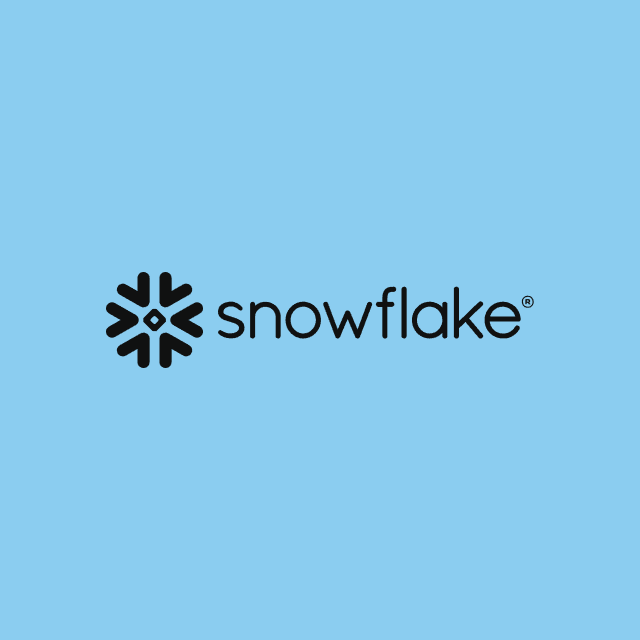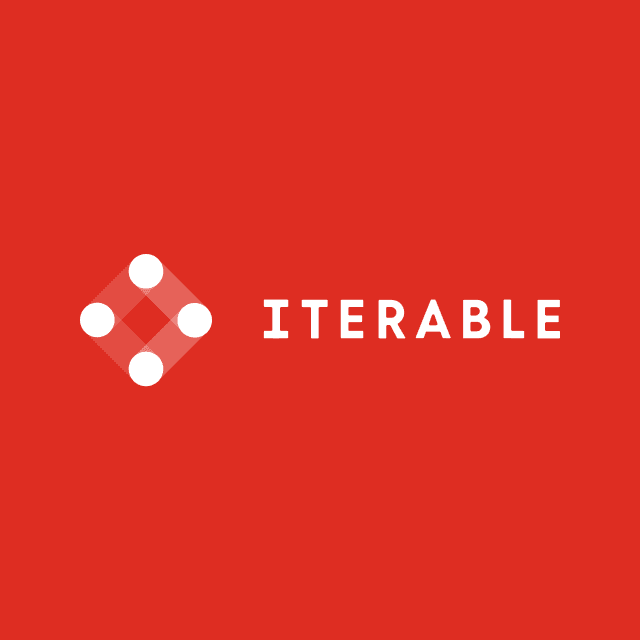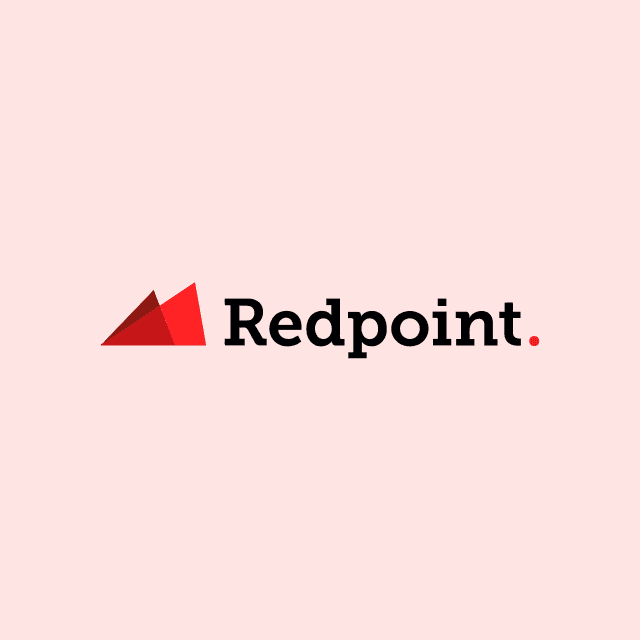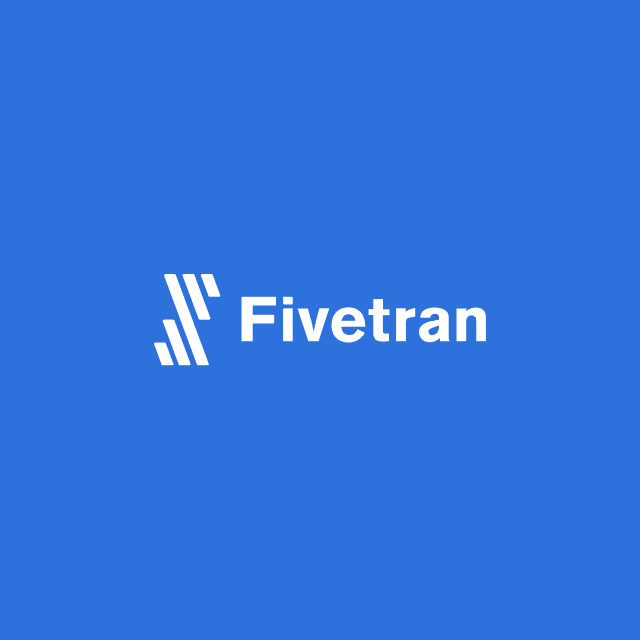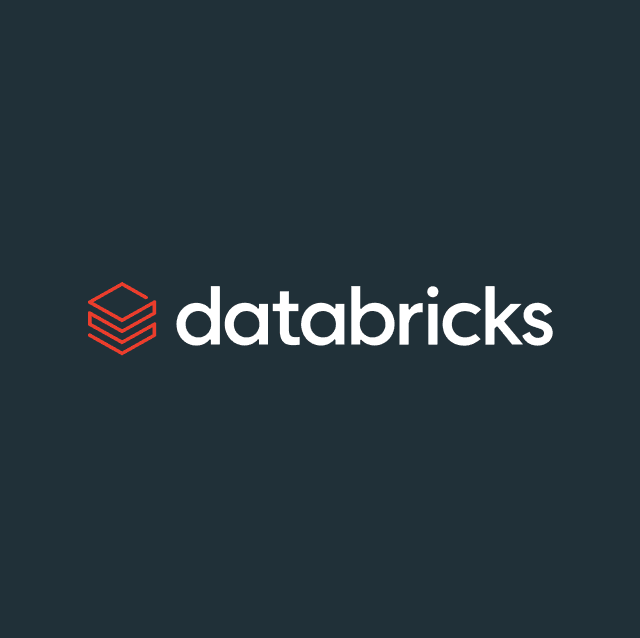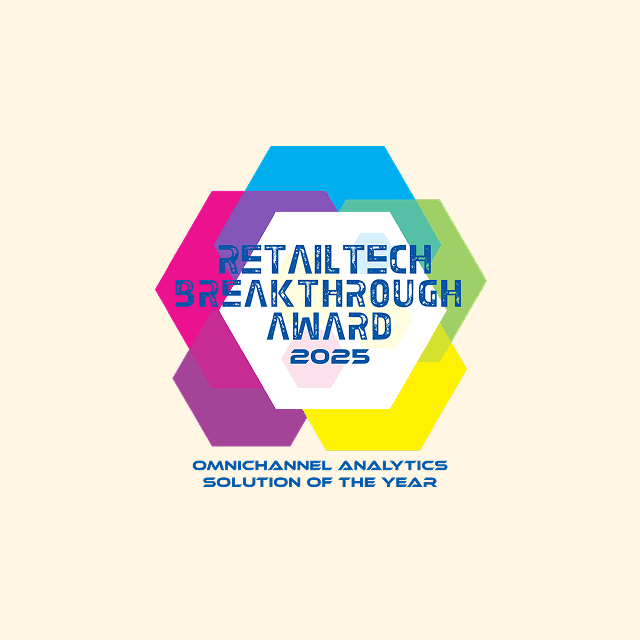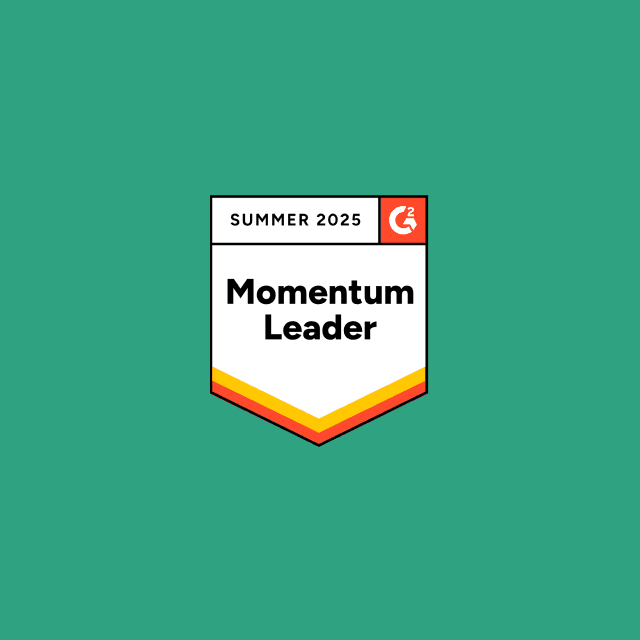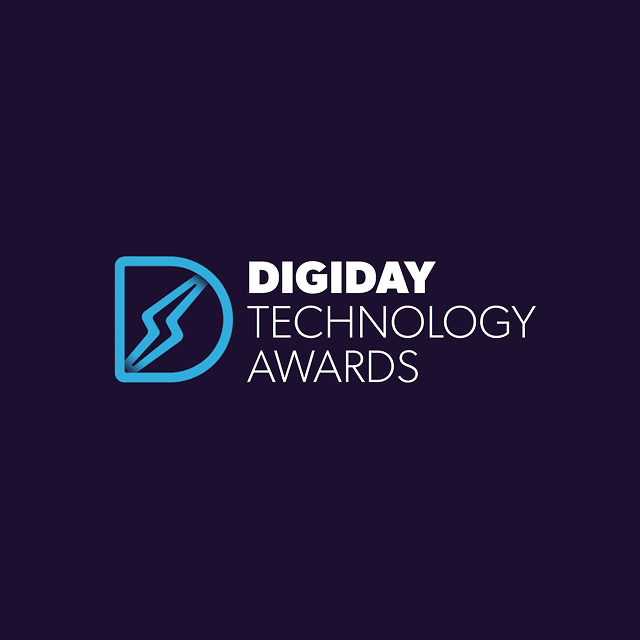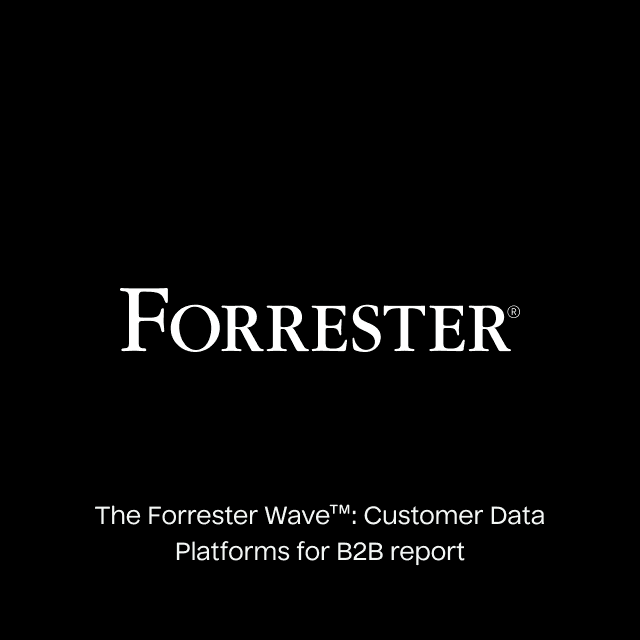If you’re looking for an enterprise customer data platform (CDP), you want to make sure that you choose one that can handle your volume and easily grow as you scale. You may have stumbled across Treasure Data while searching for the right CDP. But is it the best choice, or are there better alternatives?
This article will cover:
- What is Treasure Data?
- How does Treasure Data?
- Pros and cons of Treasure Data
- What are the alternatives to Treasure Data?
What is Treasure Data?
Treasure Data is a CDP mainly used by developers and enterprise companies looking to collect and transform customer data to aid in building customer segments for creating personalized experiences. The platform started life as a big data platform before pivoting to the CDP space because of its customers' needs. Treasure Data offers data collection, unification, audience segmentation, analytics, and marketing activation solutions.
How Does Treasure Data Work?
Treasure Data offers various solutions for data collection, profile unification, audience segmentation, experimentation and analysis, and data activation.
- Data Collection: Treasure Data supports batch and real-time ingestions for event tracking, which you can deploy client and server-side. You can manage your data pipelines within the platform through a UI or command-line interface (CLI).
- Schema Management: Treasure Data is more flexible than traditional CDPs because it uses a Relational Database Management System (RDBMS) framework.
- Identity Resolution: Treasure Data's identity resolution solution unifies customer data into a single profile. The platform provides you with unification databases where you can access your customer profiles.
- Audience Segmentation: The Audience Studio helps build segments via a no-code interface. You can define two types of audiences: batch and real-time.
- Marketing Activation: Treasure Data offers three options to accommodate those needing real-time capabilities. Real-Time 2.0, Real-time triggering, Real-time personalization powered by Treasure Data's Profile API.
- Warehouse Integration: Treasure Data has released Live Connect, which lets you share data and copy tables from your warehouse into Treasure Data.
Pros and Cons of Treasure Data
Here is a quick summary of Treasure Data's pros and cons to help you decide if it is right for you.
Pros
Treasure Data is a CDP well suited for data engineers due to the granular control you have of certain features and is more flexible due to using an RDBMS framework. To help your marketers, Treasure Data provides a no-code audience builder so they can craft their audiences without needing technical knowledge and a journey-building feature where you can automate the customer experience as needed.
Cons
The underlying technology Treasure Data is built from Hive and Presto, is considered old compared to modern alternatives like Snowflake and Databricks. The architecture involves high technical debt and legacy technology, making Treasure Data hard to scale and not user-friendly. This legacy technology also means the implementation time can be much longer, and some features require technical knowledge to set up and use. And if you're looking for a CDP to help you sync data from your warehouse to your downstream tools, Treasure Data currently doesn't support this.
What are the Alternatives to Treasure Data?
Hightouch
Hightouch is a composable CDP that provides access to all your customer data, which lives in your data warehouse, so you can fully personalize your customer experiences. The platform is full of user-friendly features that allow non-technical users to easily build the audiences they need and get started much faster than traditional CDPs.
Adobe Real-Time CDP
Adobe Real-Time CDP, a component of the Adobe Experience Cloud, allows you to create a unified customer profile to power your marketing use cases. The integrations between existing Adobe products like Target, Analytics, and Marketo are strong and the platform uses a data lake to store and manage ingested data. The data clean room like feature allows you to share data anonymous and the Adobe Experience Platform AI Assistant helps automate tasks and insights for crafting customer journeys.
Salesforce
Salesforce Data Cloud is Salesforce's CDP offering that helps you merge your customer data across the Salesforce ecosystem into a single customer profile to power your marketing campaigns. The platform is built on Apache Iceberg to allow for some bi-directional access to your data warehouse and provides common CDP features like audience building and activation. These features, however, require additional purchases, which can cause high costs, making Data Cloud not a viable option for small to medium businesses.
mParticle
mParticle is a CDP that focuses on mobile event collection for enterprise customers and allows you to sync that data to destinations with no customer integrations and API. The platform helps you unify your customer data into a single profile to create personalized marketing campaigns and develop new warehouse-native features to expand your offering.
Conclusion
Treasure Data is a great option for those with access to engineers who can understand the heavy technical debt and legacy technology required to get up and running. However, you need a better solution if you're looking for a solution that uses more modern technology and allows access to all your customer data.
A composable CDP solution like Hightouch uses the existing data infrastructure you've built, ensuring you're using the best possible tools for your use cases and providing you access to your customer data because it sits on top of your data warehouse. If you're interested in learning more about Hightouch, book a demo with one of our solution engineers to learn more.




